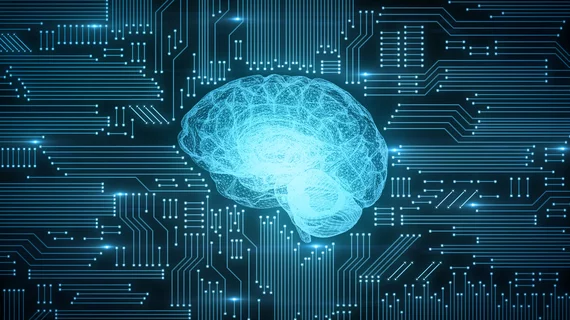Mount Sinai to offer AI and emerging tech PhD program
In a sign that AI is becoming all the more critical to healthcare, the Icahn School of Medicine at Mount Sinai has a new PhD concentration in AI and emerging technology (AIET).
The New York City-based medical school is offering the concentration as part of its biomedical sciences program. It will be led by Hayit Greenspan, PhD, and Alan C. Seifert, PhD, who will serve as the newly appointed AIET co-directors.
The launch of the concentration underscores just how vital healthcare professionals expect AI to become in the future. Already, AI is being used across a number of healthcare specialties, and emerging technologies can help healthcare professionals unlock solutions buried within data collections that are too large to be analyzed and leveraged through traditional approaches.
“The transformative impact of artificial intelligence and other emerging technologies in medicine is just beginning. We are now on the frontier of more accurately identifying the indicators of disease and opening up new vistas for treatment of illness in real-time,” said Dennis S. Charney, MD, Anne and Joel Ehrenkranz Dean of the Icahn School of Medicine at Mount Sinai and president for Academic Affairs of the Mount Sinai Health System. “Establishing this concentration is part of an expanding institutional commitment at Mount Sinai to advance this critically important area that will be a game-changer for physicians in their ability to provide better diagnosis and care for their patients.”
Doctors of the future need to understand how to utilize AI alongside their daily duties, but also advance the technology, according to Thomas J. Fuchs, DSc, Icahn Mount Sinai’s newly appointed dean of Artificial Intelligence and Human Health, and an internationally renowned scientist in the field of computational pathology.
“Not only will this new generation of professionals need to receive foundational education in the use of information systems, but they will need to learn how to develop and interpret predictive diagnostic and therapeutic models using a variety of machine learning tools based on statistics and probability theory, drawing upon quantitative fields such as computer science, mathematics, theoretical physics, theoretical/computational chemistry, and digital engineering,” he said.

